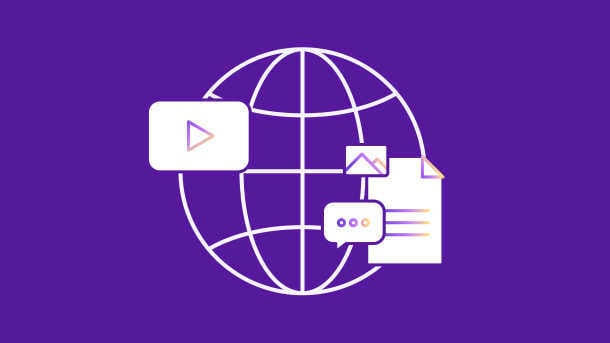Subtotal: $4398.00

In today’s digital-first world, expanding your global reach means speaking your audience’s language—literally. But managing multilingual content across digital channels is no walk in the park. Whether you’re a growing e-commerce brand or a SaaS platform eyeing international markets, multilingual content management is the key to meaningful global engagement.
So, how do you pull it off without losing your sanity (or your brand’s voice)?
1. Start with a Solid Translation Strategy
Before diving into localization tools, set clear goals. Are you targeting specific markets or going global? Knowing your target languages and customer personas helps you decide what content gets translated, transcreated, or simply left as-is. Use professional translation services to maintain quality and cultural relevance.
2. Use a Translation Management System (TMS)
If you’re juggling several languages, a Translation Management System can be a game-changer. It automates workflows, tracks edits, and helps you maintain consistency across platforms—whether it’s websites, mobile apps, or social media. TMS platforms are a must-have for any modern language service provider or content team.

3. Optimize Content for SEO in Every Language
Translating your site isn’t enough. You need multilingual SEO. That means researching local keywords, translating metadata, and creating content that resonates with local search behavior. Don’t just translate—localize.
4. Collaborate with Native Linguists
Human translation is still king when it comes to tone, style, and context. Native-speaking linguists or in-country reviewers can catch the subtle nuances that machine translation might miss. This is especially crucial for website localization, marketing campaigns, and customer-facing content.
5. Keep Content Updates in Sync
One of the biggest pain points in multilingual content management? Keeping everything up to date. Make sure your CMS integrates with your TMS or localization software, so when you update content in one language, it triggers updates in others.
 In a global digital landscape, managing multilingual content isn’t just about translation—it’s about creating authentic experiences across borders. With the right strategy, tools, and team, you can make your brand feel local anywhere in the world.
In a global digital landscape, managing multilingual content isn’t just about translation—it’s about creating authentic experiences across borders. With the right strategy, tools, and team, you can make your brand feel local anywhere in the world.